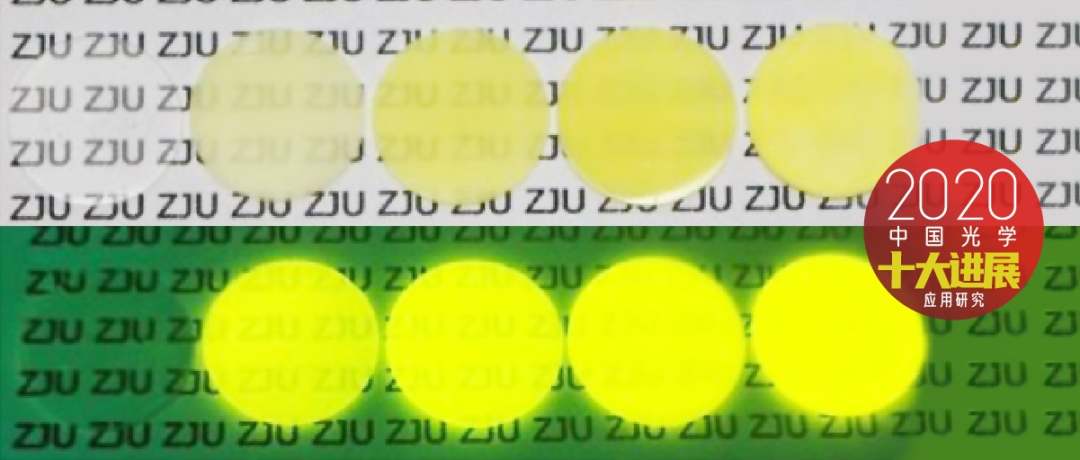2020 China Optics Top 10 Progress unveiled
The First Optical Frontier Summit Forum and the 2020 China Optics Top 10 Progress Awards Ceremony were recently held in Hangzhou. Ten fundamental research achievements were recognized, including quantum entangled light sources, fluorescence imaging, and metal sodium plasmons. Ten applied research achievements were also recognized, including laser fusion, long-distance imaging with optical radar, and spectroscopic gas detection. These advancements were selected as the 2020 China Optics Top 10 Progress.
The China Optics Top 10 Progress selection event, initiated by China Laser Magazine, has been held for 15 sessions. It has gained industry recognition for its high academic standards in candidate achievements and rigorous and fair evaluation mechanisms.
This year, after the first round of recommendation, preliminary evaluation and final evaluation, 48 experts selected 20 outstanding optical achievements by secret ballot.
Attachment: List of 2020 China Optics Top 10 Progress (in no particular order)
Basic Research
1. High-dimensional quantum entangled light source based on superstructured lens array
Quantum information is currently one of the most cutting-edge and active research fields in the international arena, and the research and development of superstructured surfaces provide a brand new path for the development of quantum light sources and optical quantum information technology.
A joint team of academician Zhu Shining, Professor Wang Zhenlin, Professor Zhang Lijian and Associate Professor Wang Shuming from Nanjing University, Professor Cai Dingping from The Hong Kong Polytechnic University, Associate Professor Ren Xifeng from the University of Science and Technology of China, and Researcher Li Lin from East China Normal University has successfully prepared a high-dimensional path-entangled light source and a multi-photon light source by combining superstructured lens arrays and nonlinear crystals.
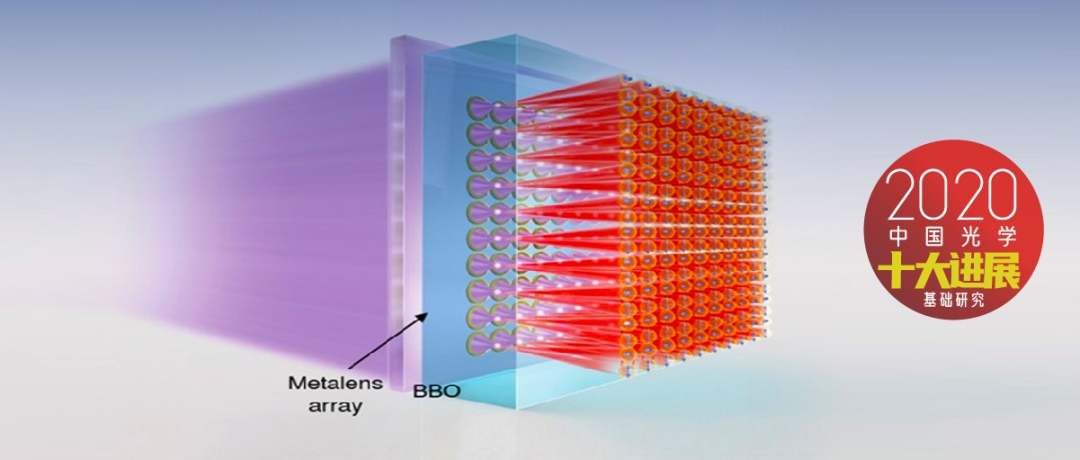
2. Discovering and revealing the laws of wave evolution in Moore's Pinnacle
Waves of all kinds - whether sound waves, water waves, electromagnetic waves, gravitational waves, matter waves - always tend to spread around. Controlling the diffusion of waves so that they are localised within some finite space is an important scientific issue. Taking the localisation of light waves as an example, various localisation mechanisms have been proposed: total reflection based on optical fibres, energy band bandgap based on photonic crystals, Anderson localisation based on stochastic systems, and localisation mechanisms based on nonlinear optical materials.
Recently, Fangwei Ye's group in the School of Physics and Astronomy, in collaboration with Xiaofeng Chen's group, has pioneered the discovery and revealed a new wave-packet localisation mechanism in the localisation of light waves: the extremely flat band structure based on Mohr's pingles. The discovery has important physical significance and wide applicability.
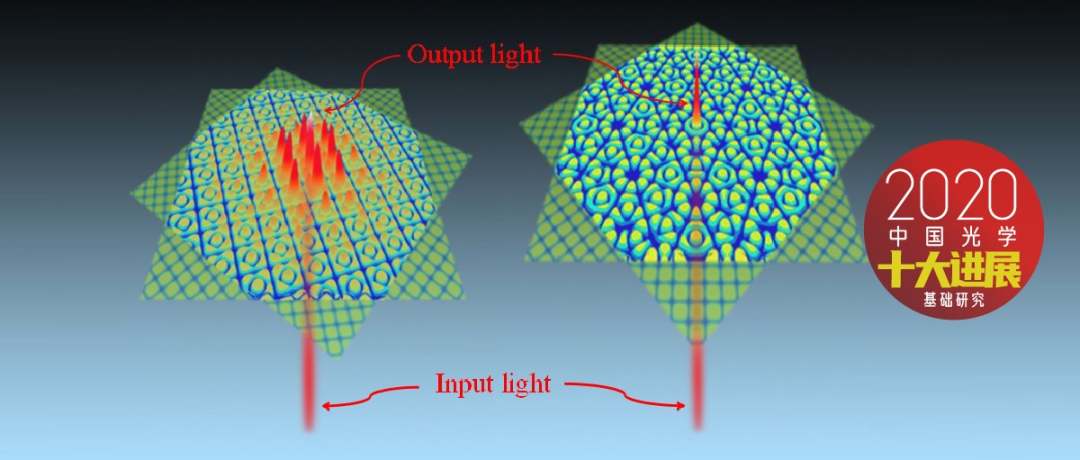
3. Sub-nanometre-resolved single-molecule photofluorescence imaging
Achieving atomic-scale spatial resolution with light has always been one of the ultimate goals pursued in the field of nano-optics.
Dong Zhenchao's research group of Academician Hou Jianguo's team at the University of Science and Technology of China (USTC) has dramatically improved the spatial resolution of imaging to the sub-nanometre resolution level of 0.8 nm, and achieved the world's first single-molecule photofluorescence imaging with sub-molecule resolution, which provides a new technological means to show the structure of matter and reveal the nature of the interaction between light and matter at the atomic scale.
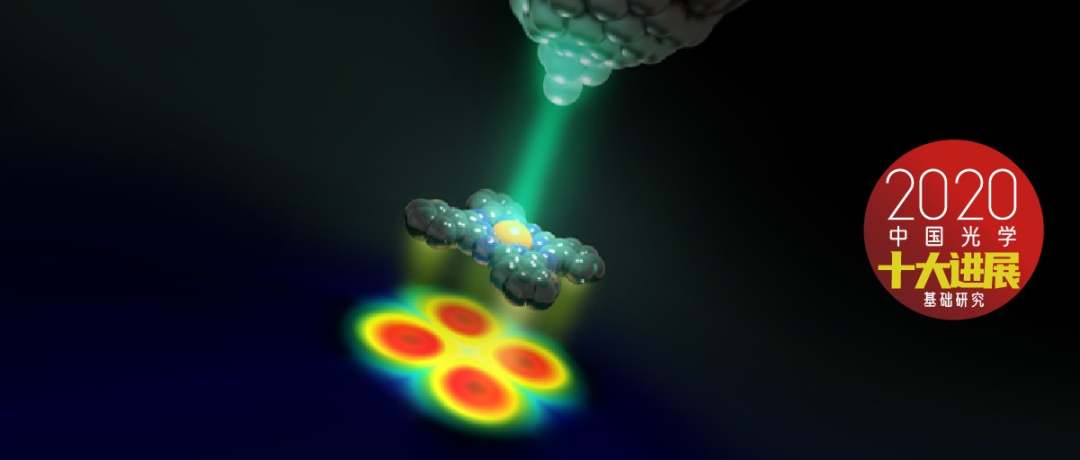
4. Dirac vortex topological optical cavity
The team of L01 group of Key Laboratory of Optical Physics, Institute of Physics, Chinese Academy of Sciences, including researcher Lu Ling, and their collaborators, have theoretically proposed and experimentally confirmed a new topological photonic character microcavity, which can not only support cavity modes of arbitrary simplicity, but also has the best large-area single-mode performance among the currently known optical cavities.
This topological cavity fills the gap in the design of mode-selective cavities for semiconductor lasers, and provides a new development direction for the next generation of high-brightness single-mode surface-emitting devices in line with the historical laws of commercial lasers, which is potentially positive for technologies such as LIDAR and laser processing.
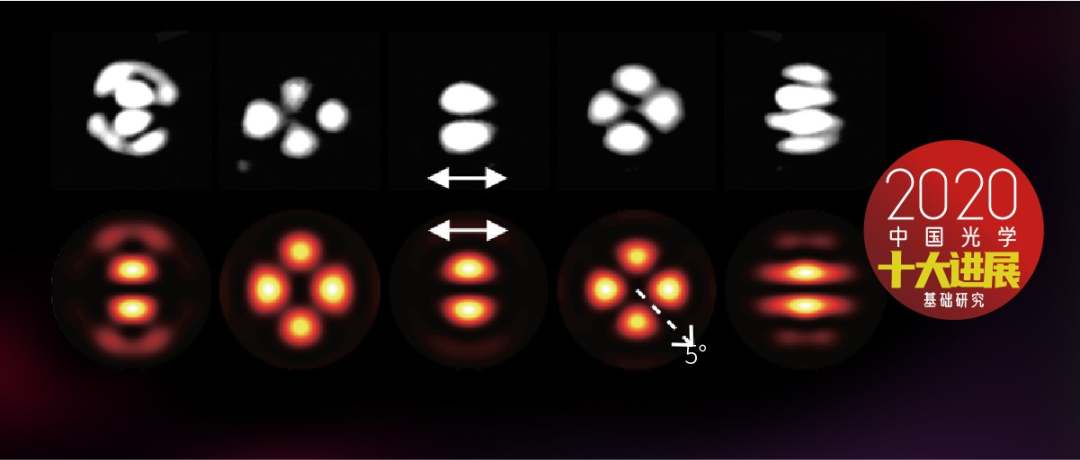
When a sound wave encounters an obstacle during propagation, it will be reflected to form an echo. The echo phenomenon has important applications in many aspects, such as the use of electron spin echo for nuclear magnetic resonance imaging. The research team at the State Key Laboratory of Precision Spectroscopy Science and Technology of East China University of Science and Technology (ECNU) has observed for the first time the ultrafast vibrational echoes in a single-molecule system by using ultrafast femtosecond lasers and conformal detection techniques.
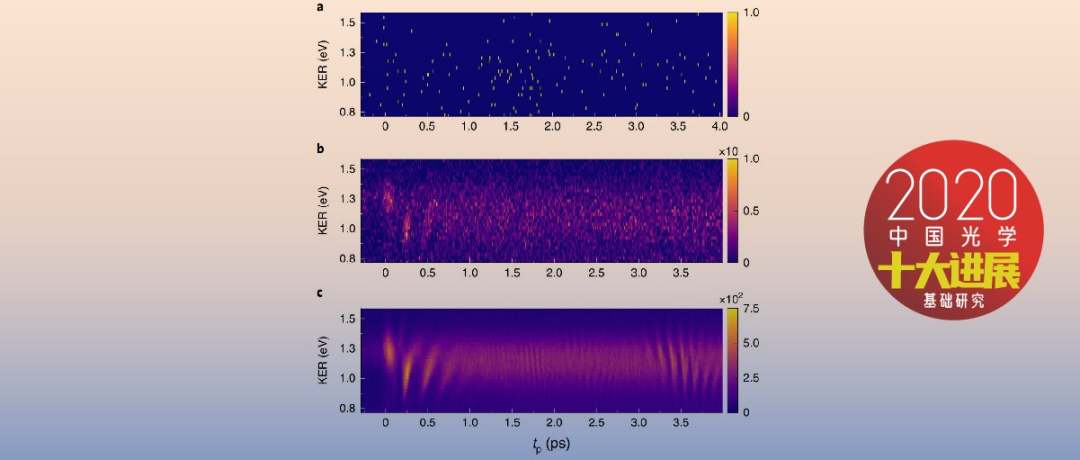
6. Sodium Metal: Boosting Equally Polarised Exciton Photonic Devices Towards Applications
Surface equipolarised excitations, a kind of meta-excitation formed by the collective oscillatory coupling of light and free electrons on metal surfaces, have a broad application prospect in the fields of micro and nano-photonic devices and photonic integration, super-resolution imaging, etc.
broad application prospects.
The team of Zhu Jia, Zhou Lin and Zhu Shining from Nanjing University, together with Ma Renmin from Peking University, have made an important breakthrough in the research of sodium metal dissociative excitations for photonic devices. Based on liquid metal spin-coating technology, the team demonstrated the preparation of sodium metal microstructures and room temperature low-threshold nano-lasers in the near-infrared band for the first time. The intrinsic low-loss properties and unique electrochemical properties of alkali metals will strongly promote the development of new types of discrete exciton functional devices.
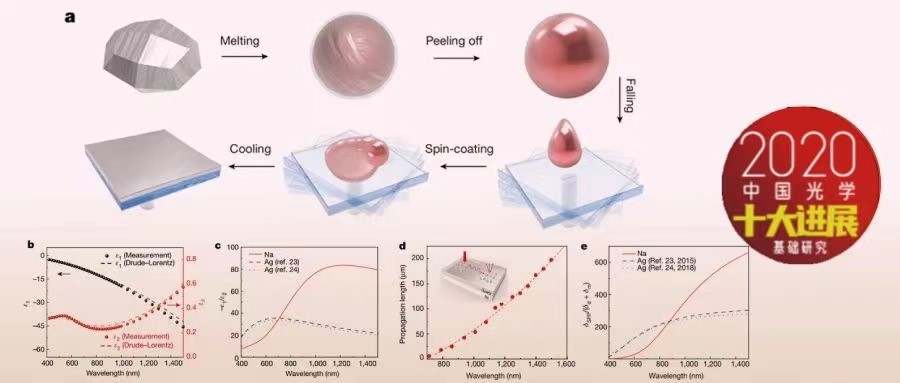
7. Spatiotemporal optical vortices and photon transverse orbital angular momentum
Photon angular momentum plays an important role in light-matter interaction. The nanophotonics team of the University of Shanghai for Science and Technology (USST) has demonstrated for the first time from theory to experiment a new type of light field with spatio-temporal vortex phase and carrying photon transverse orbital angular momentum, which creates a new degree of freedom of photon orbital angular momentum.
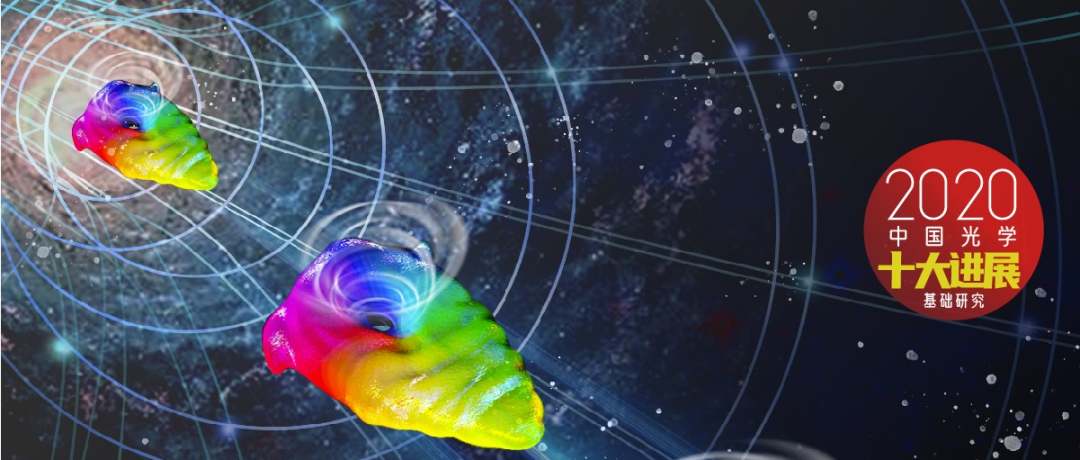
8. Phase vortex beams can be generated without optical alignment by abandoning phase plates
Researchers are working to realise applications such as communication, matter detection, optical manipulation and micro-nano processing based on orbital angular momentum vortex beams in response to the characteristics of the orbital angular momentum of light. The Photonic Crystals Group at Fudan University has proposed for the first time to use the momentum-space polarisation field singularity of the flat plate structure of photonic crystals to generate vortex beams, which has been experimentally verified.
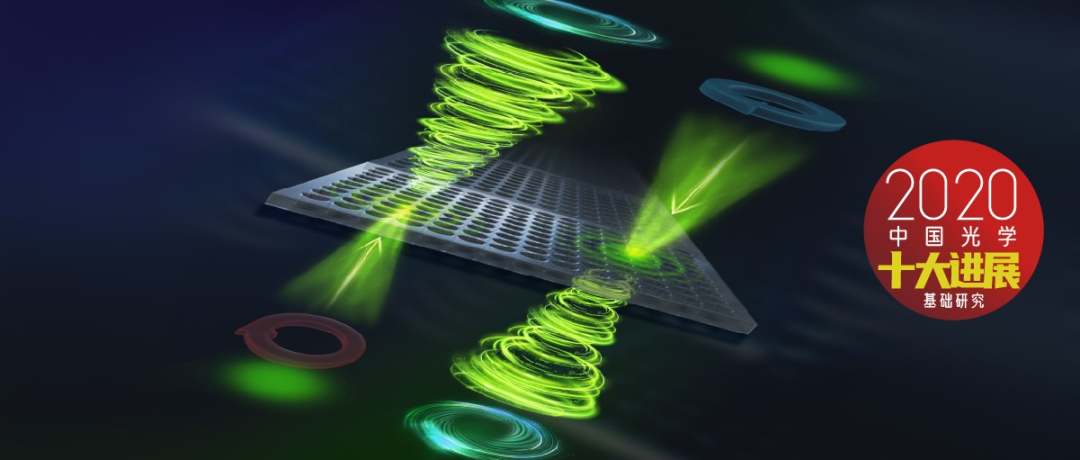
9. Non-Ermian skinning effect in open quantum systems observed for the first time
Professor Peng Xue's team at the Beijing Research Center for Computational Sciences (BRCCS) and co-workers have experimentally observed for the first time the non-Ermian skinning effect in open quantum systems, and confirmed the non-Ermian body-edge correspondence principle. This result is at the key point of integration between non-Ermian systems, topological phase transitions, quantum simulations and other frontier directions of quantum physics and condensed matter physics, and is a fundamental progress in the direction of topological states and open systems, which is of great significance to the quantum simulation of novel topological sequences and the comprehensive understanding of open-system topological phenomena.
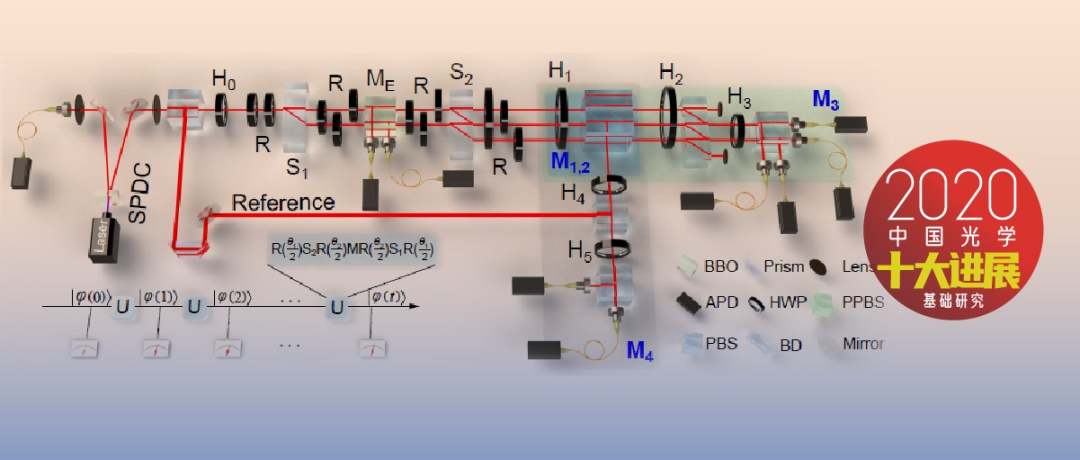
10. Direct observation of single-layer boron nitride phonon polarisation excitations
In collaboration with Qing Dai's group at the National Center for Nanoscience (NCN) and Peng Gao's group at Peking University (Peking University), we have combined transmission electron microscopy with the field of nanophotonics to directly probe ultra-high-wavelength-compressed single-layer boron nitride phonon-polarised excitations using electron energy loss spectra in transmission electron microscopy to compress light wavelengths by more than a factor of 487, which provides an important basis for the design of super-surfaces and the interaction of ultra-intense light with matter.
Applied Research
Inertial approximate eastern fusion has attracted a lot of attention because it is expected to solve the global energy problem. The laser fusion research team, which consists of the Laser Fusion Research Centre of CMA, Beijing Institute of Applied Physics and Computational Mathematics (BIAPMC), Graduate School of CMA, National University of Defense Technology (NUDT), Peking University (Peking University), Shenzhen University of Technology (SZUT) and the Shanghai Institute of Optical Mechanics (SIOM), has completed the first round of the international indirectly-driven fast-ignition integration experiments on God II upgraded device, which has verified the scientific feasibility of the indirectly-driven fast-ignition innovative design.
2. Large-area all-calcite stacked solar cells
Professor Tan Hairen's team from the School of Modern Engineering and Applied Sciences of Nanjing University has made a new breakthrough in large-area all-calcite stacked solar cells. Its preparation of large-area full chalcogenide stacked solar cells by the Japanese Electrical Safety and Environmental Technology Laboratory (JET) authoritative certification, steady-state photoelectric conversion efficiency of up to 24.2%, for the current large-area chalcogenide solar cells world record efficiency.
3. Optical radar long-range single-photon imaging
University of Science and Technology of China, academician Pan Jianwei, Professor Xu Feihu group in the urban environment through an average of each pixel point detects about a signal photon, to achieve the distance of up to 45 km of single-photon three-dimensional imaging, set a new imaging distance record. The long-range single-photon imaging radar system has developed advanced technologies for long-range imaging on both the hardware and software sides.
Guoping Dong's group at the State Key Laboratory of Luminescent Materials and Devices/Institute of Optical Communication Materials, School of Materials Science and Engineering, South China University of Technology (SCUT), has achieved the controllable growth of chalcogenide quantum dots at any position inside glass by femtosecond laser irradiation and heat treatment, and the reversible formation and luminescence of chalcogenide quantum dots manipulated by femtosecond laser and heat treatment, which expands potential applications of quantum dots in the fields of three-dimensional displays, anti-counterfeiting and erasable rewritable ultra-high-density information storage. The potential applications of quantum dots in three-dimensional display, anti-counterfeiting and erasable and rewritable ultra-high density information storage have been expanded.
5. Novel Gas Measurement Technology by Laser Photothermal Spectroscopy
Trace gas detection has important applications in the fields of environment, medicine, petrochemicals, security, aerospace and so on. The Hong Kong Polytechnic University, Xinwei research group, the Beijing University of Aeronautics and Astronautics Fan Shangchun research group and the Beijing Institute of Technology, Ying Ying Wang, Wang Pu research group joint research team, put forward a new type of fibre-optic mode based on the detection of phase difference of the laser photothermal spectroscopy of the gas measurement technology, so that the lower limit of detection of trace gases up to the order of one trillionth of a part.
6. The world's first high-performance lithium niobate thin-film electro-optical modulator chip that can be used for digital coherent optical communication
Professor Xinlun Cai's team at Sun Yat-sen University, in collaboration with Dr Xiao Xi's team at the National Innovation Centre for Information Optoelectronics, has made a breakthrough in the research of ultra-high-speed electro-optic modulator chips, realising the world's first high-performance lithium niobate thin-film electro-optic modulator chip that can be used for digital coherent optical communications.
7. Chip-scale Optical Frequency Comb with Double Frequency Spreading
Optical frequency combs play an extremely important role in precision measurements as optical frequency scales with defined comb frequency intervals. The group led by Professor Xiao Yunfeng and Academician Gong Qihuang of the School of Physics, Peking University, the Center for Frontier Science of Nano-Optoelectronics, and the State Key Laboratory of Artificial Microstructures and Mesoscopic Physics, has achieved the excitation and high-efficiency collection of ultra-broadband optical combs covering two octave ranges and 450-2000 nm by using the Chaos-Assisted Broadband Momentum Transformation in the Asymmetric Optical Microcavity, which breaks the spectral breadth record of international microcavity optical combs, and For the first time, evidence of the existence of mode-locked soliton pulses was observed in chaotic microcavities.
8. Light Vector Analysis: Ultra-high Resolution, Large Dynamic Range, Ultra-broadband
Optical devices are the cornerstone of next-generation optical information systems (optical communication, optical sensing, optical processing, quantum computing, etc.). Optical vector analysis methods play an extremely important role in the development, production, testing and application of optical devices. Professor Shilong Pan's team at the Key Laboratory of Radar Imaging and Microwave Photonics of the Ministry of Education, Nanjing University of Aeronautics and Astronautics (NUAA), demonstrated an optical vector analysis method that can simultaneously achieve ultra-high resolution, ultra-broadband and large dynamic range.
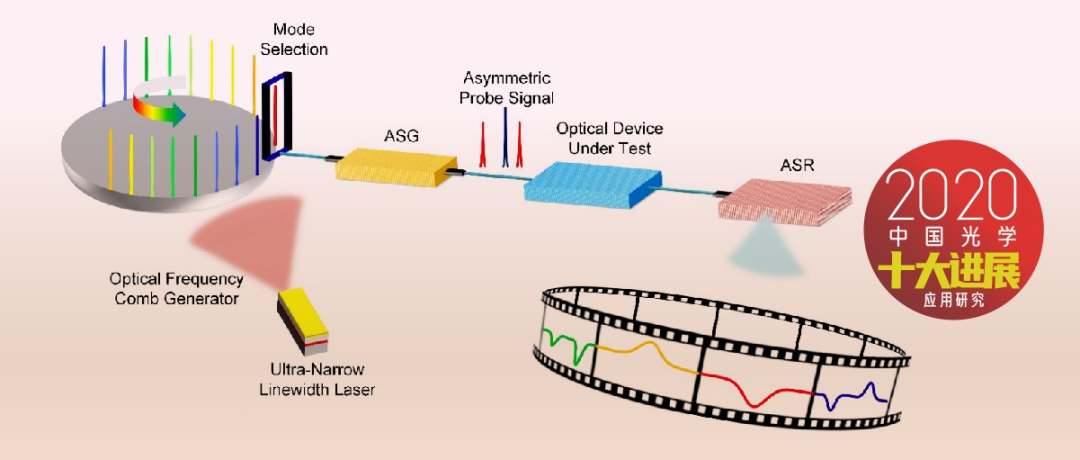
High-precision measurement of physical quantities at the micro-nano scale has always been a difficulty in the development of technology, and has constrained the development of scientific research and applications. In collaboration with Professor Fangjian Sun of the University of Science and Technology of China (USTC) and Professor Chengwei Qiu of the National University of Singapore (NUS), a team of academician Guangcan Guo has achieved high-precision, all-optical mass and position measurements of single nanoparticles based on vacuum optical tweezers system experiments.
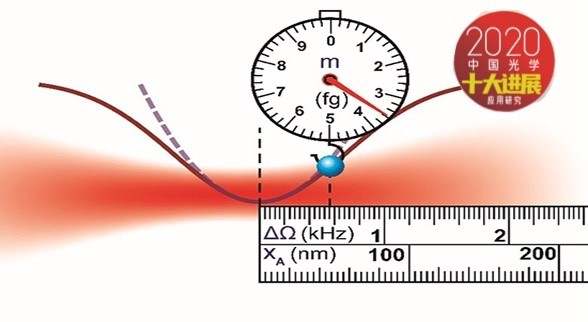
10. 3D printing and pressureless sintering of fluorescent converters
Fluorescent-converted white LEDs are widely used in backlight displays and general lighting, and will be applied to road lighting, automotive lighting and large-size displays in the future.
Professor Qiu Jianrong's team at Zhejiang University has invented a 3D printing and pressureless sintering technology for the rapid manufacture of fluorescent converters with high quantum efficiency, adjustable colour and excellent physicochemical properties, realizing the additive manufacturing of fully inorganic fluorescent converters, which is expected to be applied in the field of high-power LEDs and laser lighting.
